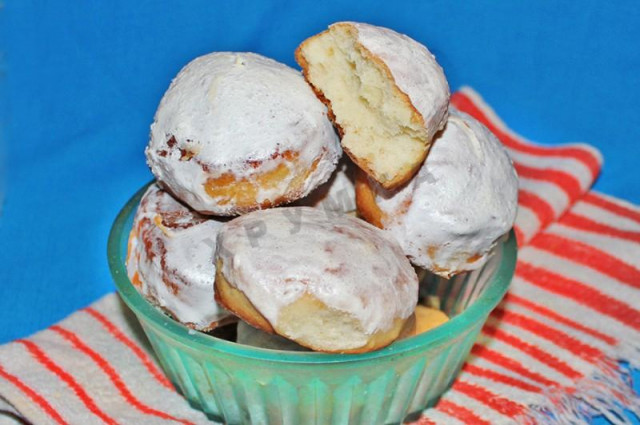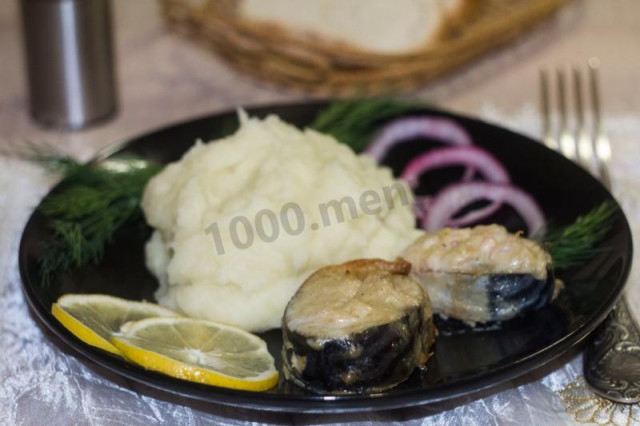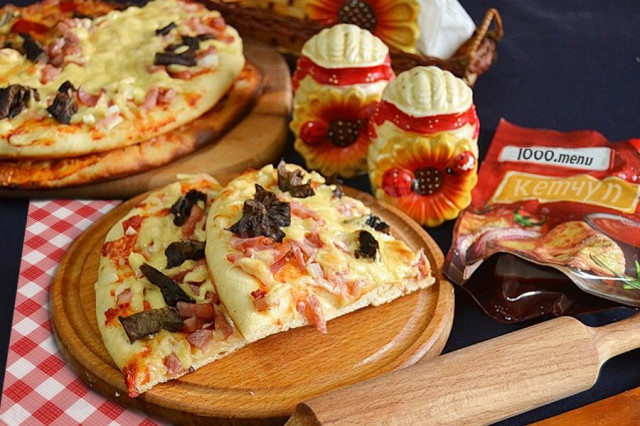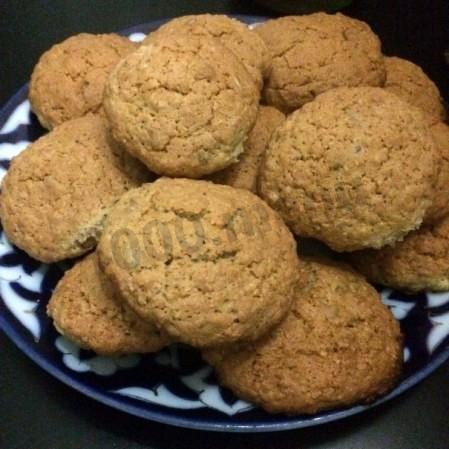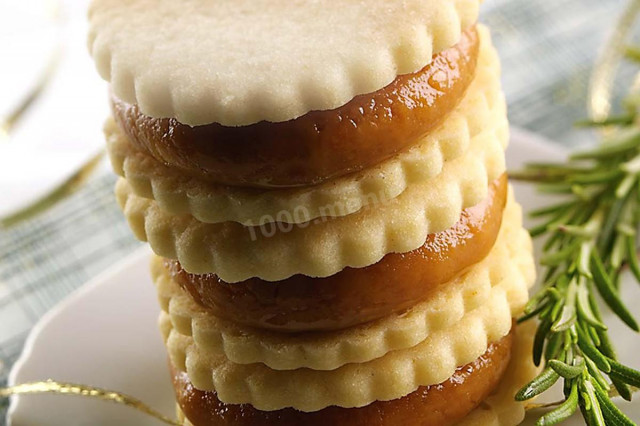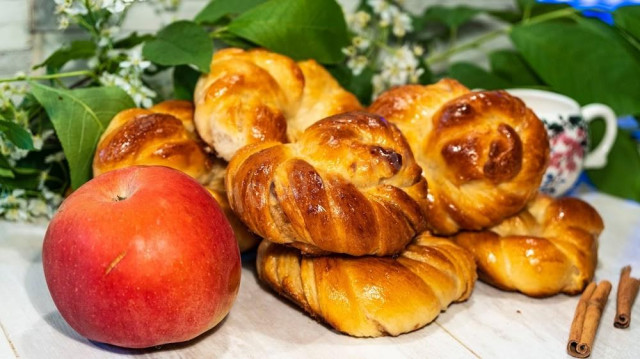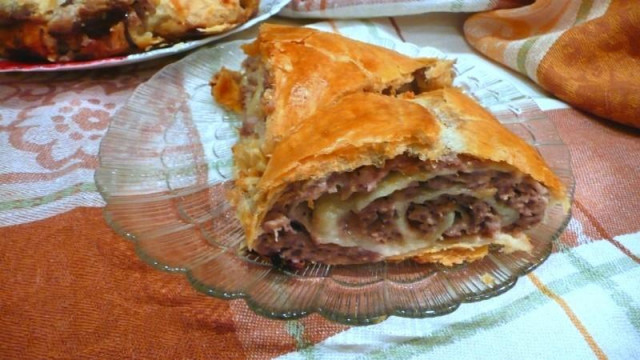Composition / ingredients
Step-by-step cooking
Step 1:
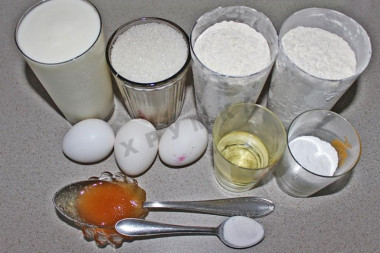
Ingredients.
Step 2:
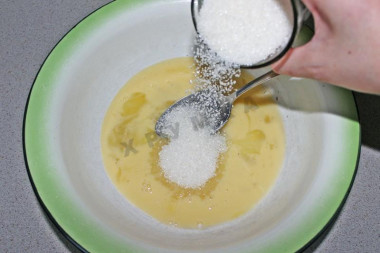
Rub sugar with eggs (leave the protein of 1 egg for the glaze). Add honey and stir.
Step 3:
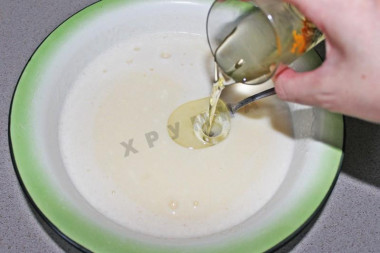
Pour in vegetable oil and warm kefir, mix.
Step 4:
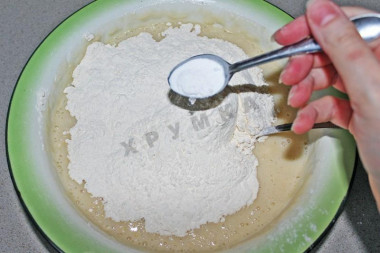
Sift the flour, and together with the soda mix into the main mass.
Step 5:
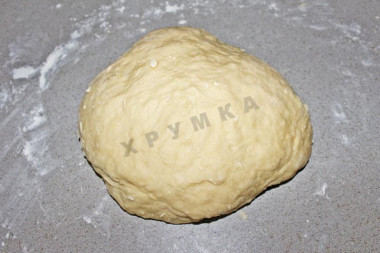
Knead the dough. The flour is very different, so sift if necessary and add more flour if the dough is too thin. We need to achieve such a consistency that the dough is not too dense (otherwise the gingerbread will turn out to be hard), but at the same time it will gather into a ball, as in the photo.
Step 6:
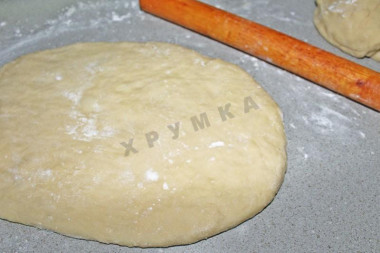
Sprinkle the table with flour and roll out the dough as thick as a finger (1cm – 1.5 cm).
Step 7:
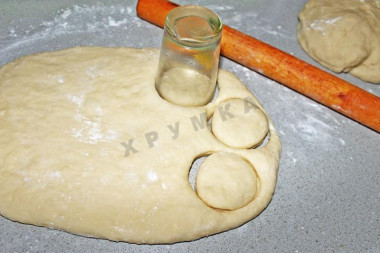
Use a glass to cut out the future gingerbread from the dough or use molds.
Step 8:
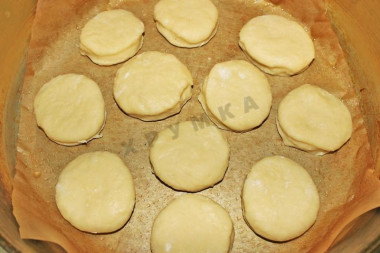
Cover the baking sheet with parchment paper and grease with oil. Lay out the gingerbread and put them to bake at 180 degrees for 30 minutes.
Step 9:
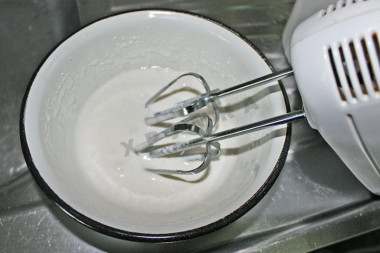
Meanwhile, prepare the glaze. Whisk the protein, gradually add powdered sugar.
Step 10:
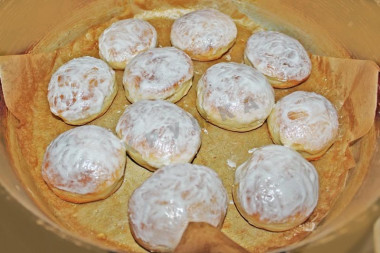
After 30 minutes, take out the gingerbread, cover them with icing, then put them in the oven for another 10 minutes.
Step 11:
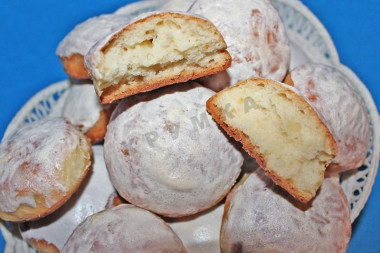
Put the ready-made gingerbread to cool. Enjoy your meal.
In Russia, the first gingerbread appeared around the IX century and had a name – honey bread, it was made from rye flour, honey and berry juice were added. In order for the gingerbread to have a yellowish color, the dough was tinted with burnt sugar. And in Siberia, small pink gingerbread cookies are popular, in which dried ground cranberries or raspberries are added to the dough.
You can add crushed walnuts, raisins to the gingerbread, and tint the dough with cocoa. You can also cover the gingerbread with chocolate icing. For a variety of taste, add lemon juice or mint drops to the glaze. In general, how your imagination will run wild.
Be prepared for the fact that flour may need more or less than indicated in the recipe. Focus not on the amount of flour, but on the desired consistency of the dough. Read a lot of useful information about flour and its properties in this article!
The caloric content of the products possible in the composition of the dish
- Chicken egg - 157 kcal/100g
- Egg white - 45 kcal/100g
- Egg powder - 542 kcal/100g
- Egg yolk - 352 kcal/100g
- Ostrich egg - 118 kcal/100g
- Honey - 400 kcal/100g
- Whole durum wheat flour fortified - 333 kcal/100g
- Whole durum wheat flour universal - 364 kcal/100g
- Flour krupchatka - 348 kcal/100g
- Flour - 325 kcal/100g
- Granulated sugar - 398 kcal/100g
- Sugar - 398 kcal/100g
- Kefir fat - 62 kcal/100g
- Kefir of 1% fat content - 38 kcal/100g
- Low-fat kefir - 30 kcal/100g
- Kefir "doctor beefy" 1,8% fat content - 45 kcal/100g
- Kefir 2.5% fat content - 53 kcal/100g
- Vegetable oil - 873 kcal/100g
- Powdered sugar - 374 kcal/100g
- Baking soda - 0 kcal/100g

